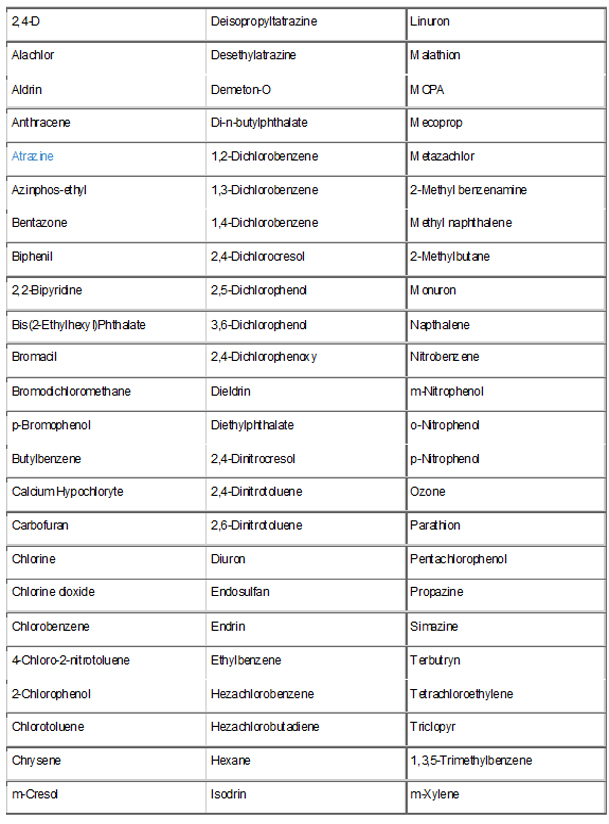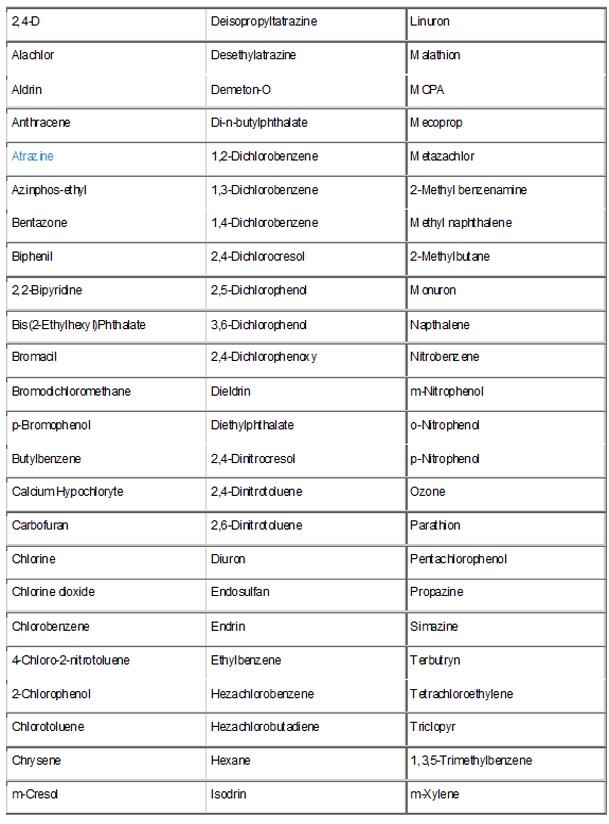Activated carbon
Activated carbon adsorption
Adsorption is a process where a solid is used for removing a soluble substance from the water. In this process active carbon is the solid. Activated carbon is produced specifically so as to achieve a very big internal surface (between 500 – 1500 m2/g). This big internal surface makes active carbon ideal for adsorption. Active carbon comes in two variations: Powder Activated Carbon (PAC) and Granular Activated Carbon (GAC). The GAC version is mostly used in water treatment, it can adsorb the following soluble substances:
- Adsorption of organic, non-polar substances such as:
- Mineral oil
- BTEX
- Poly aromatic hydrocarbons (PACs)
- (Chloride) phenol
- Adsorption of halogenated substance: I, Br, Cl, H en F
- Odor
- Taste
- Yeasts
- Various fermentation products
· Non-polar substances (Substances which are non soluble in water)
Examples from active carbon in different processes:
- Ground water purification
- The de-chlorination of process water
- Water purification for swimming pools
- The polishing of treated effluent
Process description:
Water is pumped in a column which contains active carbon, this water leaves the column through a draining system. The activity of an active carbon column depends on the temperature and the nature of the substances. Water goes through the column constantly, which gives an accumulation of substances in the filter. For that reason the filter needs to be replace periodically. A used filter can be regenerated in different ways, granular carbon can be regenerated easily by oxidizing the organic matter. The efficiency of the active carbon decreases by 5 – 10% 1). A small part of the active carbon is destroyed during the regeneration process and must be replaced. If you work with different columns in series, you can assure that you will not have a total exhaustion of your purification system.
Description of adsorption:
Molecules from gas or liquid phase will be attached in a physical way to a surface, in this case the surface is from the active carbon. The adsorption process takes place in three steps:
- Macro transport: The movement of organic material through the macro-pore system of the active carbon (macro-pore >50nm)
- Micro transport: The movement of organic material through the meso-pore and micro-pore system of the active carbon (micro-pore <2nm; meso-pore 2-50nm)
- Sorption: The physical attachment of organic material on the surface of active carbon in the meso-pores and micro-pores of the active carbon
The activity level of adsorption is based on the concentration of substance in the water, the temperature and the polarity of the substance. A polar substance (= a substance which is good soluble in water) cannot or is badly removed by active carbon, a non-polar substance can be removed totally by active carbon. Every kind of carbon has its own adsorption isotherm (see figure 1) and in the water treatment business this isotherm is definite by the function of Freundlich.

The second curve from active carbon (see figure 2) shows the exhausting of a filter. Normally we place a UV-disinfections unit after the active carbon column.
What is the difference between adsorption and absorption??
When a substance is attached to a surface is is called adsorption, is this case the substance is attached to the internal surface of active carbon. When a substance is absorbed in a different medium it is called absorption. When a gas is taken in a solution it is called absorption
Factors that influence the performance of active carbon in water:
- The type of compound to be removed. Compounds with high molecular weight and low solubility are better absorbed.
- The concentration of the compound to be removed. The higher the concentration, the higher the carbon consumption.
- Presence of other organic compounds which will compete for the available adsorption sites.
- The pH of the waste stream. For example, acidic compounds are better removed at lower pH.
According to this we can classify some chemicals by their probability of being efficiently adsorbed by active carbon in water:
1.- Chemicals with very high probability of being adsorbed by active carbon
(For this chemicals active carbon is only effective in certain cases).
4.- Chemicals for which adsorption with active carbon is unlikely to be effective. However it may be viable in certain cases such as for low flow or concentrations:
Factors that influence the performance of active carbon in air:
- Type of compound to be removed: In general compounds with a high molecular weight, lower vapor pressure/higher boiling point and high refractive index are better adsorbed.
- Concentration: The higher the concentration, the higher the carbon consumption.
- Temperature: The lower the temperature, the better the adsorption capacity.
- Pressure: The higher the pressure, the better the adsorption capacity.
Humidity: The lower the humidity, the better the adsorption capacity
If you want to know if a certain chemical can be effectively removed from air by active carbon, please contact us.
More information about the Regeneration of Active Carbon
1) source: Wastewater Engineering; Metcalf & Eddy; third edition; 1991; page 317










دیدگاه خود را ثبت کنید
تمایل دارید در گفتگوها شرکت کنید؟در گفتگو ها شرکت کنید!